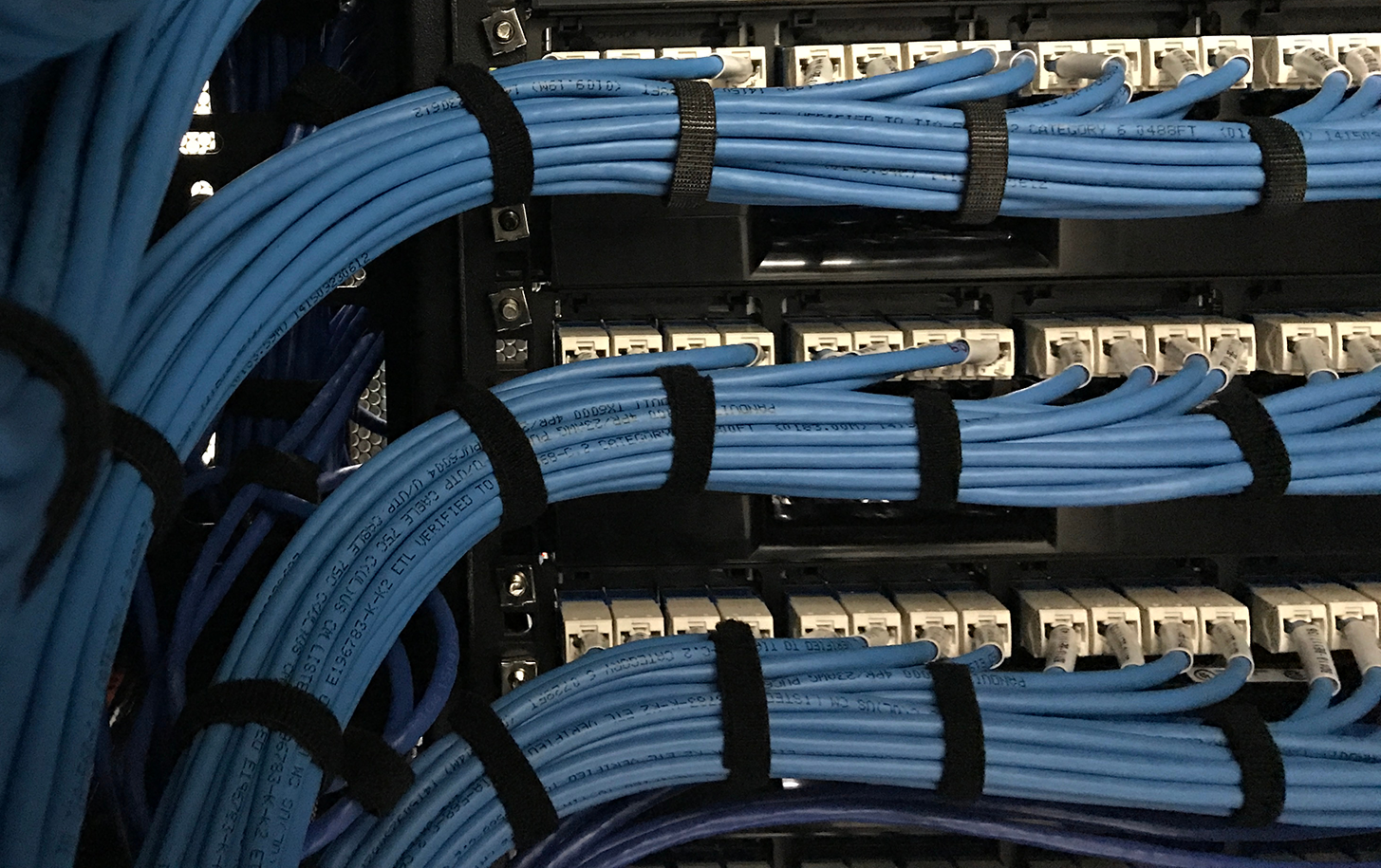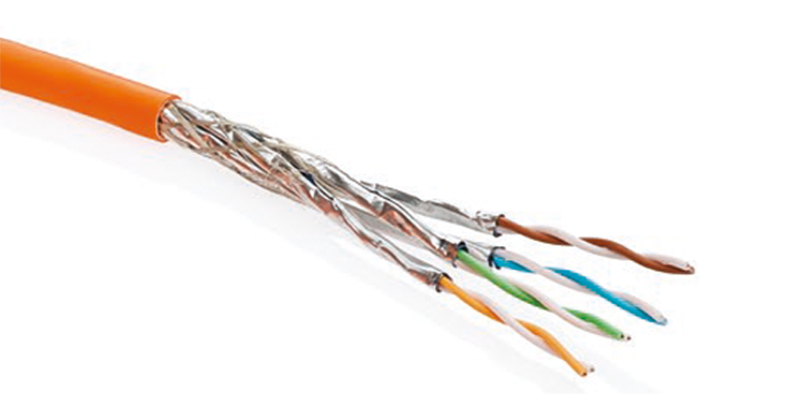In the vast majority of cases, network cabling to workstations and equipment connections are carried out using twisted-pair cabling. This is not surprising because this copper cabling offers exceptional quality and is capable of transporting high-frequency data signals without interference. However, it is crucial to use the correct materials and assembly and measurement methods. To support consultants, estimators, designers, technicians, and project managers in this regard, Kannegieter College provides a comprehensive range of twisted-pair courses and training programs. These courses are suitable for IT department employees, facility departments, and technical services.
The Twisted-Pair Cabling | Basic Course covers terminology, component properties, transmission characteristics, and standards and norms. The practical aspect is addressed in the Twisted-Pair Cabling | COMBI Theory & Practical Installation training.


In a twisted-pair cable, a total of eight wires are divided into four wire pairs. Each wire has a copper core, and each wire pair consists of two wires twisted together to prevent electromagnetic interference. This interference can come from signals generated by mobile phones, radio and television, high-frequency lighting, Wi-Fi access points, radar, radio beacons, transformers, and even power lines. Therefore, data cables and power cables must be kept strictly separate and shielded, especially in combined conduits. The maximum allowable cable length is also crucial in the design of twisted-pair cabling, while maintaining the ‘twist’ throughout the installation is essential. These topics are extensively covered in our course program. We also address how and on which parameters twisted-pair cabling should be measured and tested, from signal loss (insertion loss) to crosstalk (near-end crosstalk/NEXT) and loss due to variations in impedance of the connection (return loss).
Buro & Design Center
Esplanade 1 – Box 42
1020 Brussel (Laken)
België
Tel. +32 (0) 2 725 2560